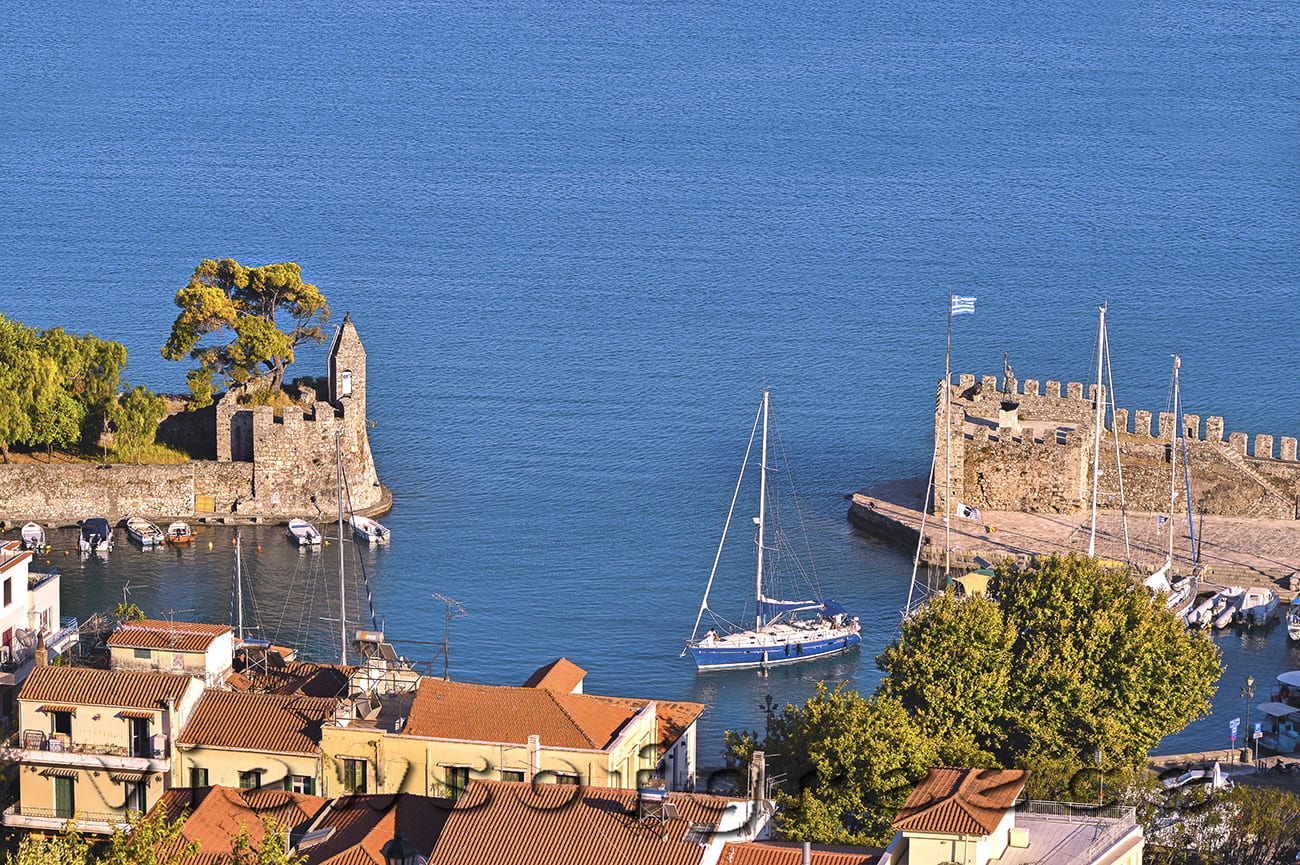
The thematic cultural routes are designed along modern highways which cross the whole country and connect regions, cities and rural areas rich in archaeological and historical sites and monuments, modern cultural and tourist attractions and idyllic natural landscapes.
Cultural Routes
The concept of Cultural Routes originates from the European Council
- The thematic Cultural Routes were established by the European Council, aiming to provide fertile ground for the growth of Cultural Tourism.
Cultural Routes
Cultural Routes usually have the following features:
- They have a central theme / an element of cohesion
- They pertain to a specific, designated area
- They have a recognizable “identity” and a specific brand.
Details about the proposed project
Design and implementation of five emblematic cultural routes, with thematic narratives covering all periods of Greek history as it spans across the country.
- “In the footsteps of the Apostle Paul”
- “The Cultural Egnatia Odos”
- “Road to the West: From Homer to Cervantes”
- “Monumental works of Cyclops and People during the Mycenaean era (2nd millennium BC)”
- “The Castle Network: From Byzantium to the Ottoman Empire”
The thematic cultural routes are designed along modern highways which cross the whole country and connect regions, cities and rural areas rich in archaeological and historical sites and monuments, modern cultural and tourist attractions and idyllic natural landscapes.
- Each Route has been designed in order to develop cultural tourism in a balanced way in all regions of the country, with the aim of supporting the less visited archaeological sites. The integration of individual locations in unified Routes creates economies of scale and acquaints wider groups of potential visitors with archaeological sites and monuments, for which it would be virtually impossible to attract attention beyond the narrow confines of their immediate area.
- The Routes model introduces a new paradigm for the managing the country’s Cultural Reserve, since the operation of archeological sites is being transformed from competitive to cooperative. With every Route, groups of archeological sites can benefit from joint promotion activities, claiming a larger share of tourism income.

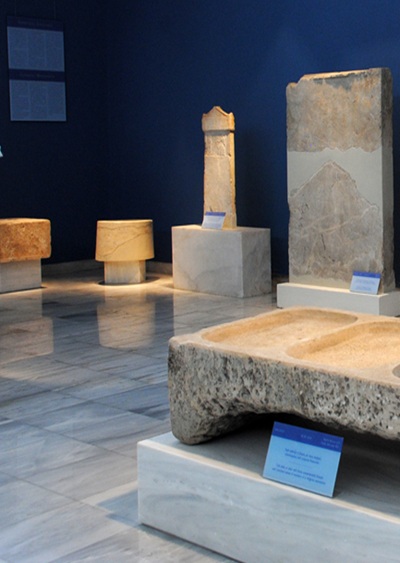
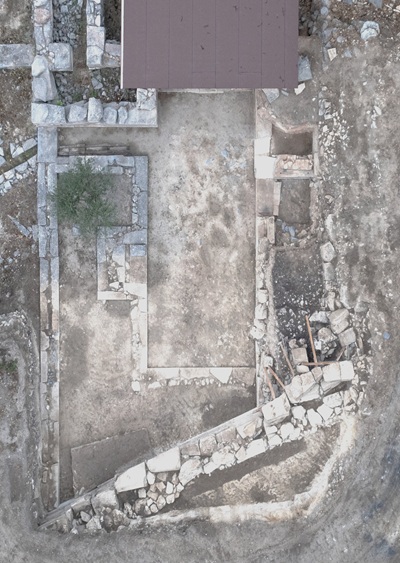
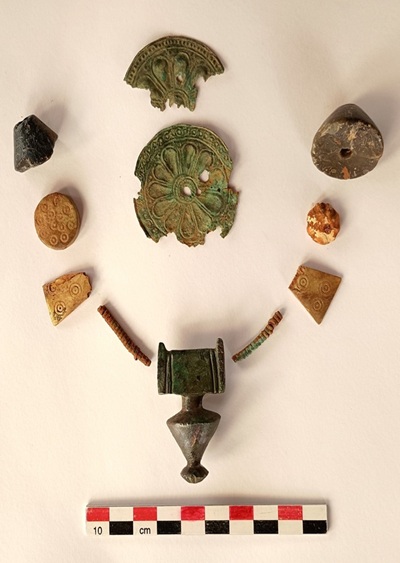
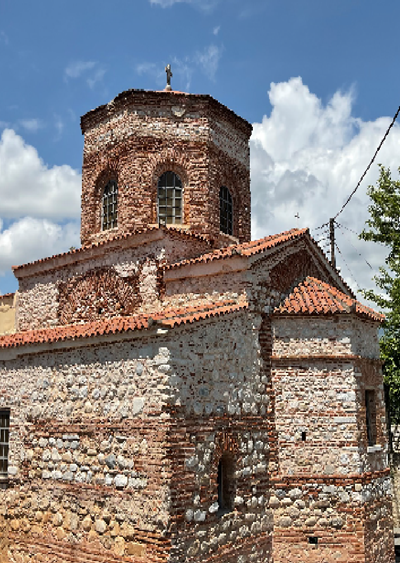


Leave A Comment